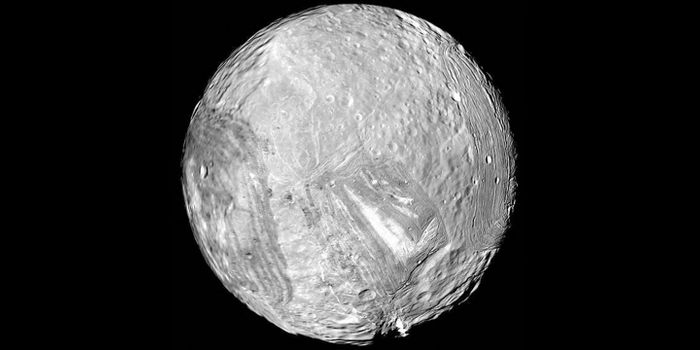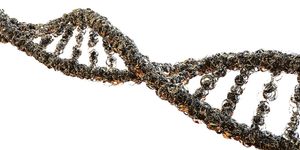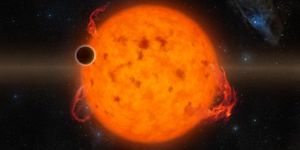Asteroid Ryugu: Remnant of an ancient comet?
Asteroids might look like boring balls of rock, but these fossils often hold many clues about the evolution and formation of planets and their satellites and can even reveal the history of the early solar system, as well. While telescopic observations of asteroids help provide some answers to these questions, analyzing samples retrieved from asteroids and returned to Earth reveal much more detail about these mysterious barren and rocky objects.
The Japanese Aerospace Exploration Agency (JAXA) Hayabusa2 spacecraft mission to the Ryugu asteroid was one such mission. Launched in December 2014, Hayabusa2 arrived at Ryugu in June 2018, it surveyed and sampled the asteroid for a year and a half, ultimately returning those samples to Earth in December 2020, only six years after it was launched.
While these samples are still being analyzed, data obtained from the orbiting spacecraft has revealed three important features about Ryugu. Firstly, Ryugu is a rubble-pile asteroid composed of small pieces of rock and solid material clumped together by gravity rather than a single, monolithic boulder. Secondly, Ryugu is shaped like a spinning top, likely caused by deformation induced by quick rotation. Third, Ryugu has a remarkably high organic matter content.
It's this third feature that raises questions about the origin of Ryugu, since the asteroid is currently believed to have been formed by the collision of two larger asteroids. However, this hypothesis cannot be true if the asteroid is high in organic content (which will be confirmed once the analyses of the returned samples are complete). Organic content (or organic matter) is defined as chemical compounds containing carbon-hydrogen bonds of covalent character, i.e., with the carbon and hydrogen forming a true chemical bond. What could, then, be the true origin of Ryugu?
A recent study in The Astrophysical Journal Letters attempted to answer this question. The research team, led by Associate Professor Dr. Hitoshi Miura of Nagoya City University, Japan, proposed an alternative explanation backed up by a relatively simple physical model, which ultimately suggested that Ryugu, as well as similar rubble-pile asteroids, could, in fact, be remnants of extinct comets.
Comets are large objects made up of dust and ice that orbit the Sun. they are often known for their long, streaming tails, and these objects are leftovers from the formation of the solar system, approximately 4.6 billion years ago. These beautiful tails are caused by the sublimation (evaporation) of the ice as the comet enters the inner solar system, or inside the asteroid belt. This sublimated ice ultimately leaves behind rocky debris that compacts due to gravity, becoming a rubble-pile asteroid.
Overall, this study indicates that spinning top-shaped, rubble-pile objects with high organic content, such as Ryugu and Bennu (the target of the OSIRIS-Rex mission) are comet-asteroid transition objects (CATs).
"CATs are small objects that were once active comets but have become extinct and apparently indistinguishable from asteroids," explains Dr. Miura. "Due to their similarities with both comets and asteroids, CATs could provide new insights into our solar system."
As stated, the returned sampled are still being analyzed, and will hopefully shed more light on the questions of Ryugu’s origin story.
As always, keep doing science & keep looking up!
Sources: JAXA, International Astronomical Union, The Astrophysical Journal Letters, NASA Space Place








